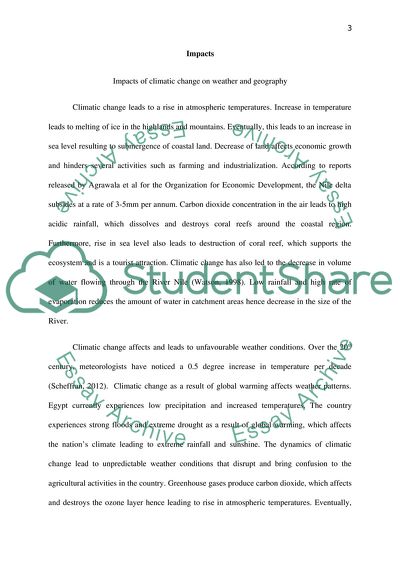Cite this document
(Climate Change in Egypt Case Study Example | Topics and Well Written Essays - 3000 words, n.d.)
Climate Change in Egypt Case Study Example | Topics and Well Written Essays - 3000 words. https://studentshare.org/environmental-studies/1814787-climate-change-in-global-south
Climate Change in Egypt Case Study Example | Topics and Well Written Essays - 3000 words. https://studentshare.org/environmental-studies/1814787-climate-change-in-global-south
(Climate Change in Egypt Case Study Example | Topics and Well Written Essays - 3000 Words)
Climate Change in Egypt Case Study Example | Topics and Well Written Essays - 3000 Words. https://studentshare.org/environmental-studies/1814787-climate-change-in-global-south.
Climate Change in Egypt Case Study Example | Topics and Well Written Essays - 3000 Words. https://studentshare.org/environmental-studies/1814787-climate-change-in-global-south.
“Climate Change in Egypt Case Study Example | Topics and Well Written Essays - 3000 Words”. https://studentshare.org/environmental-studies/1814787-climate-change-in-global-south.


